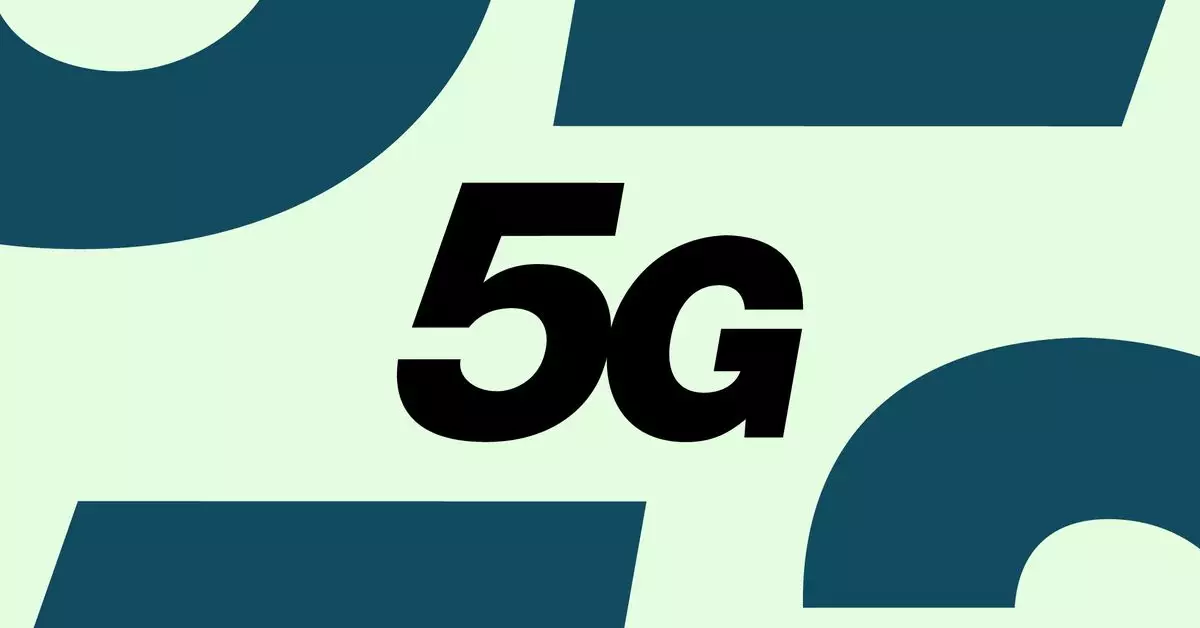As advancements in technology continue to unfold, a significant player is emerging in the realm of 5G connectivity: RedCap, also referred to as Reduced Capability (NR-Light). This innovative specification, aimed explicitly at Internet of Things (IoT) devices, is set to revolutionize the way everyday items like wearables and sensors connect to the digital world. Unlike traditional 5G networks that prioritize high-speed data transfer, RedCap offers a low-bandwidth alternative that promises greater efficiency and reduced power consumption. This shift in focus is key for devices that don’t require the same level of data throughput as smartphones or tablets, potentially leading to the creation of cheaper and more effective cellular-connected devices.
Both T-Mobile and AT&T have set the stage for the upcoming release of their first RedCap-enabled devices, with T-Mobile positioned to debut its offerings by the end of the year, and AT&T eyeing a 2025 launch. While the exact details surrounding these devices remain murky, hints from industry insiders suggest that initial products could include cost-effective mobile hotspots and USB dongles. Such innovative tools can leverage the Snapdragon X35 modem chipset recently launched by Qualcomm, which has already garnered interest among major telecom companies, thereby paving the way for widely accessible RedCap devices in the near future.
The implications of RedCap technology extend far beyond telecommunications companies. By making cellular connections more affordable and accessible, RedCap stands to transform various sectors, particularly in the realm of wearable technology. Imagine smartwatches or augmented reality glasses that can maintain a reliable cellular connection without the burden of a high-powered antenna. The ability for these devices to operate efficiently on the newfound bandwidth is not only a bonus for manufacturers but also a game-changer for consumers seeking longer battery life and more capabilities from their gadgets.
Looking Ahead: Industry Collaboration and Future Developments
As excitement builds around RedCap, the potential for collaboration among manufacturers is evident. The anticipated showcase at CES early next year may very well introduce a plethora of devices utilizing this cutting-edge technology. Companies like TCL have already ventured into the market with products such as the TCL Linkport IK511, signaling that a broad range of RedCap-enabled devices could soon be at consumers’ fingertips. Such industry collaborations may foster an ecosystem where IoT devices can seamlessly communicate, creating a more cohesive digital experience.
RedCap has emerged as a pivotal aspect of the 5G landscape, specifically catered to the Internet of Things. With major telecom players fueling its development and anticipated early adoption in various devices, RedCap holds the promise of enhanced connectivity and functionality in everyday technology. The slow but steady race toward 5G connectivity is more than just a technological stride; it’s a significant leap in how we will experience and interact with the increasingly interconnected world around us. As we await the unveiling of the first RedCap devices, the excitement is palpable, and the future of IoT connectivity is brighter than ever.


Leave a Reply